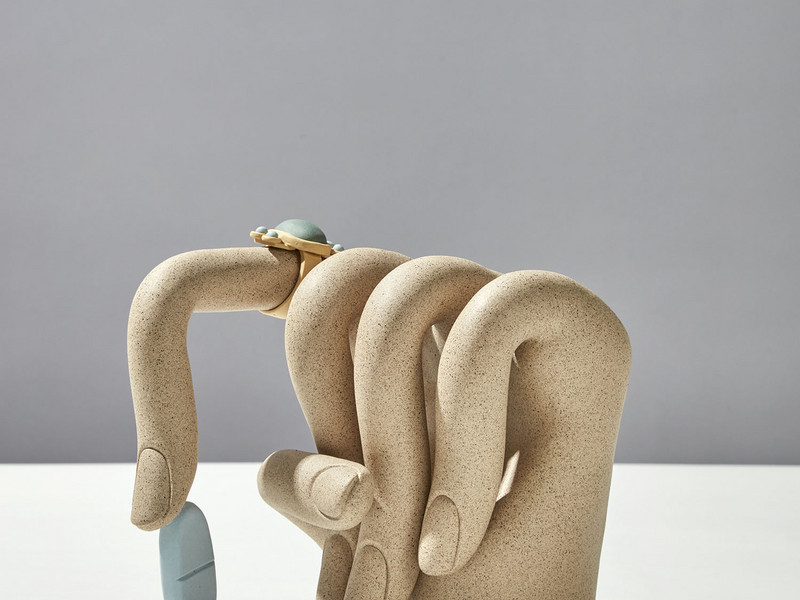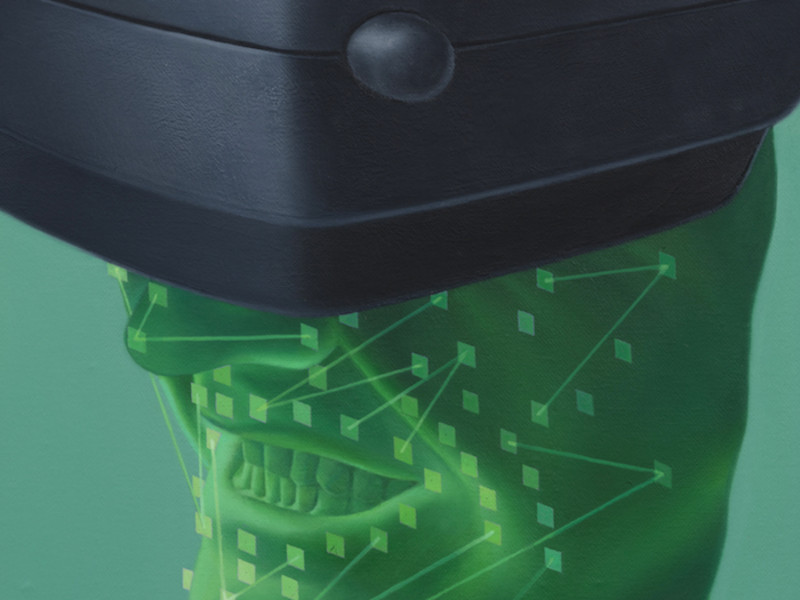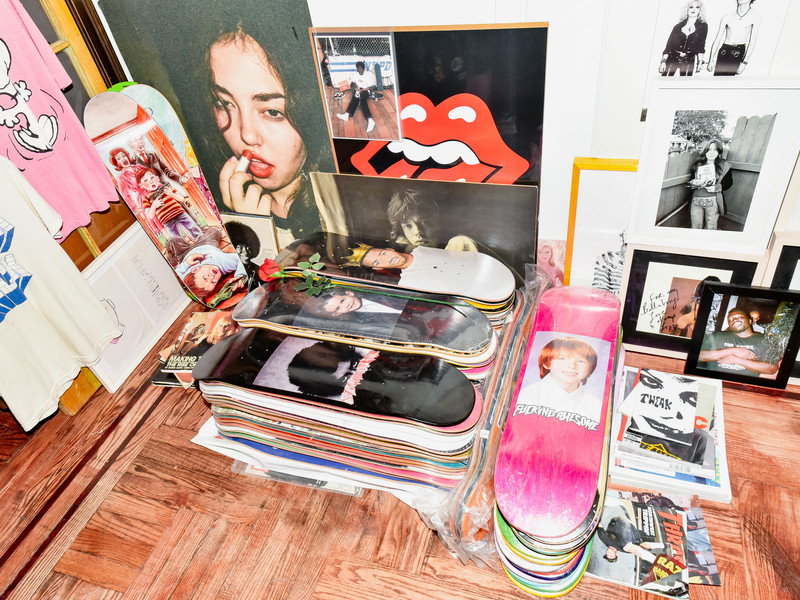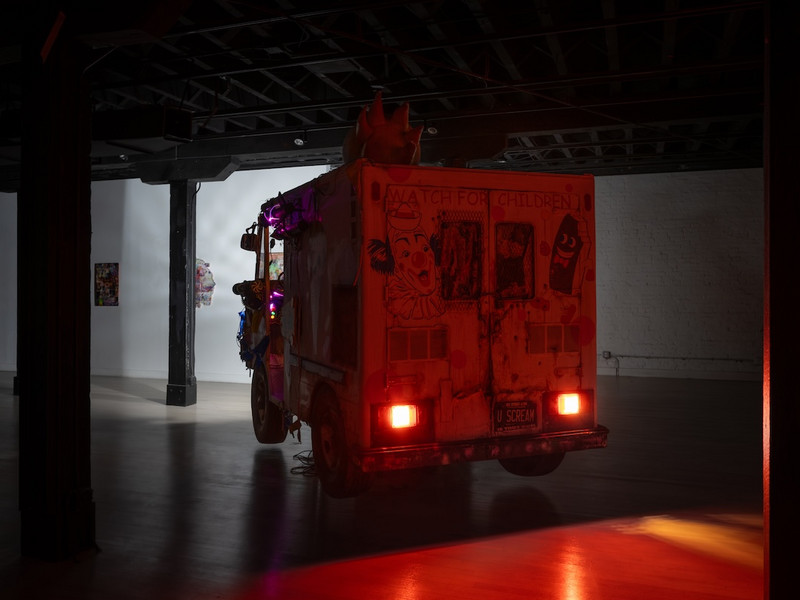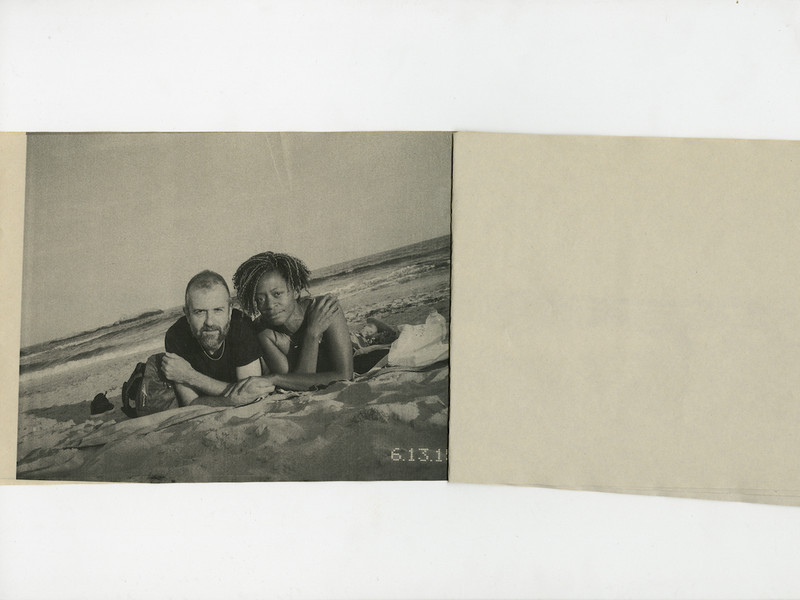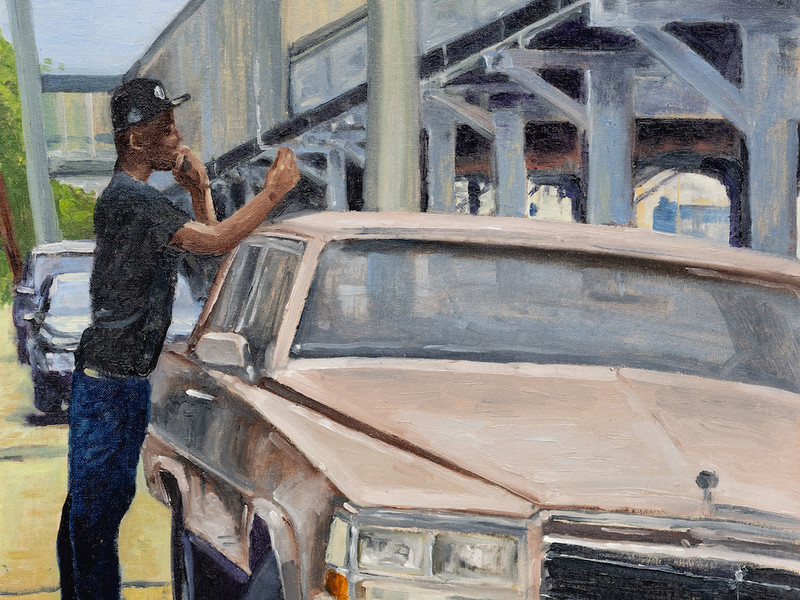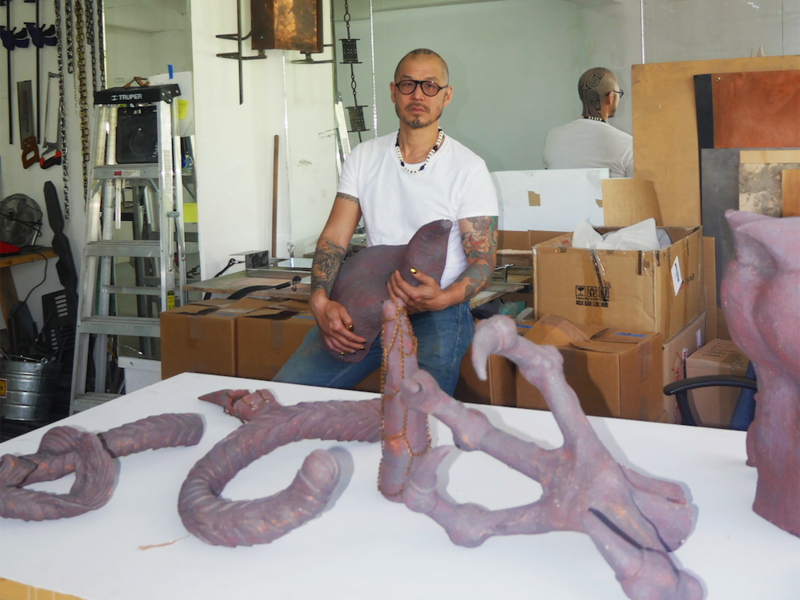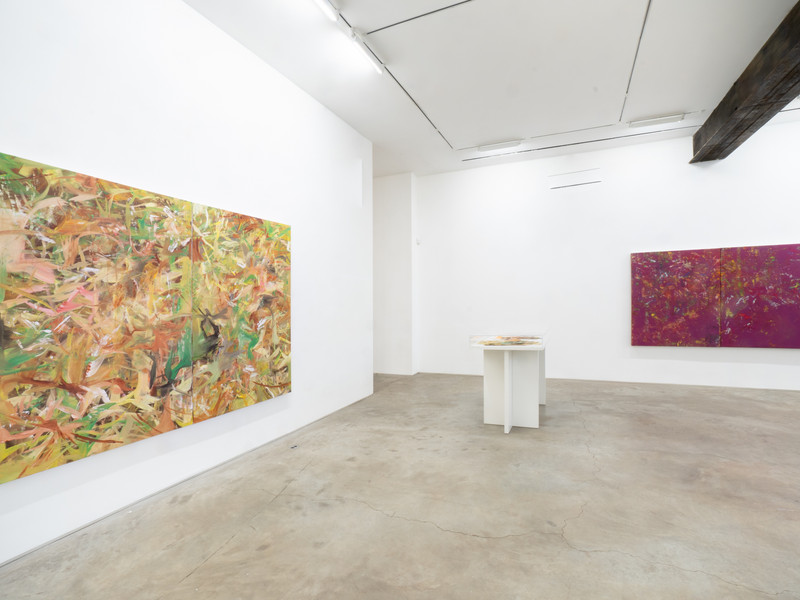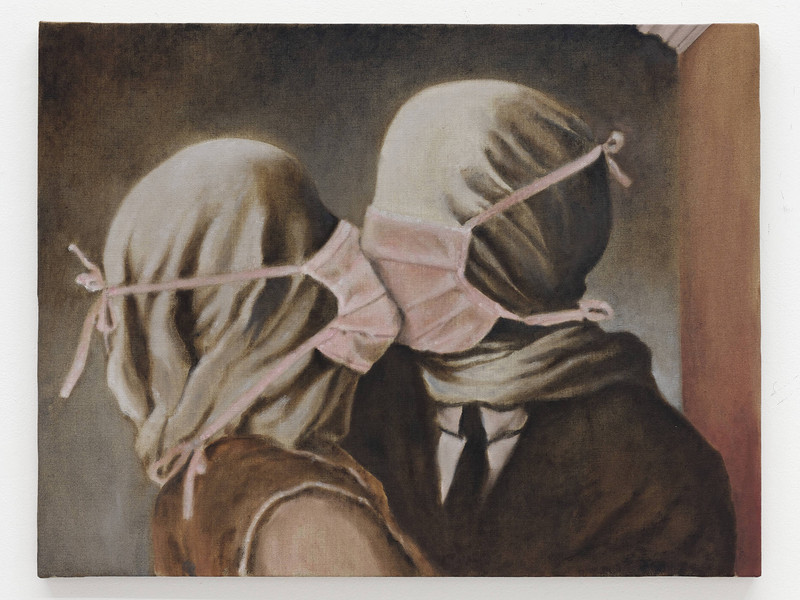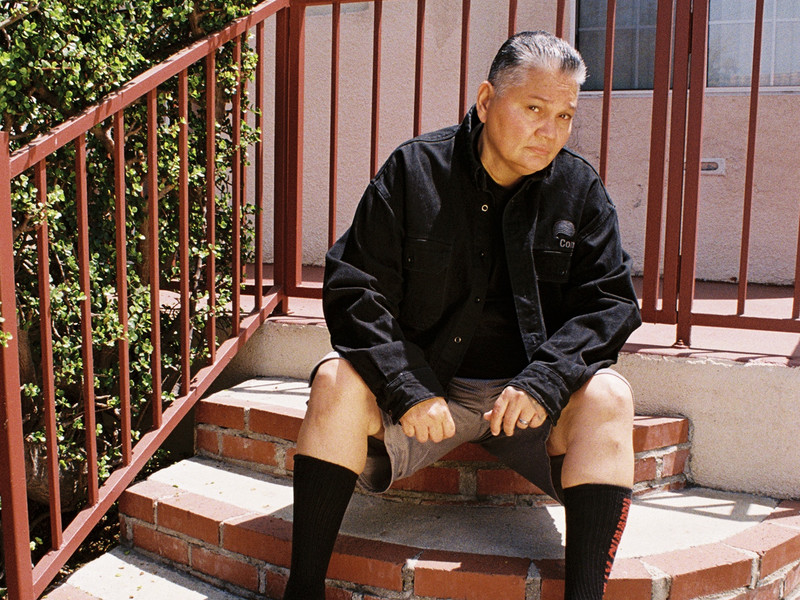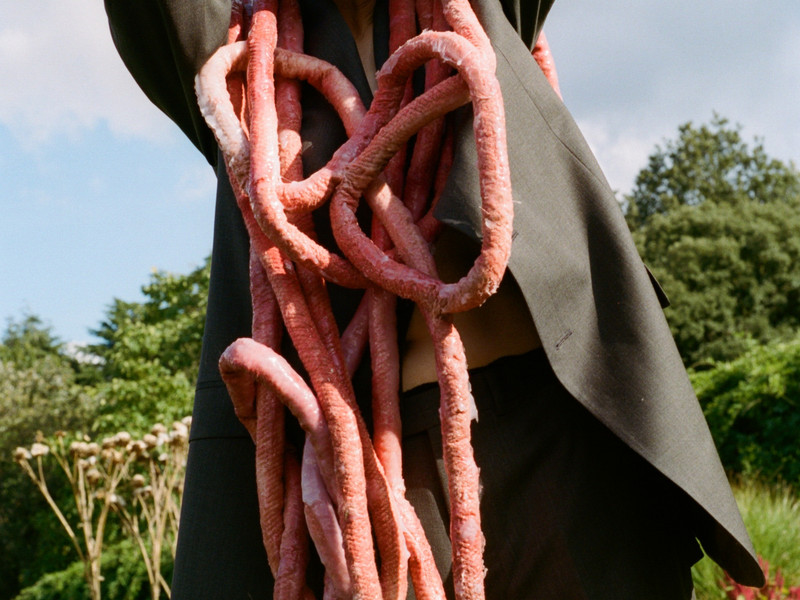(Not) The Wrong Place

The project as a whole is a pretty charade meant to make viewers look closer at the things they find routine. Designated with a prime space for his exhibit at the fair––right at the entrance––and spreading into a few tiny rooms, Mistretta combined his passions for visual art and interior design in The Wrong Place. office sat down with the artist to talk about the absurdity of everyday life.
Tell me about the pieces you chose to display in The Wrong Place.
[This show] is the first time I’ve shown all the bookshelf pieces, which is the newest series I’m working on. The bookshelves are an opportunity to combine visual art and writing and sculptural elements, which are three things that I’m passionate about. They’re a good vehicle to make a hybrid of the three into one thing.
Does your exhibit center around a specific theme?
On the floor I’m showing buckets of dog bones that were cast out of cement and painted weird, bright colors. And I thought of those buckets as fruit baskets, or well-meaning offerings that you’d send to somebody, that are visually appealing but usually unwanted––things that nobody can use. That dichotomy of something being aesthetically appealing and sort of well-intentioned but being ultimately inaccessible was interesting to me. That’s why I decided to combine those works for the show.
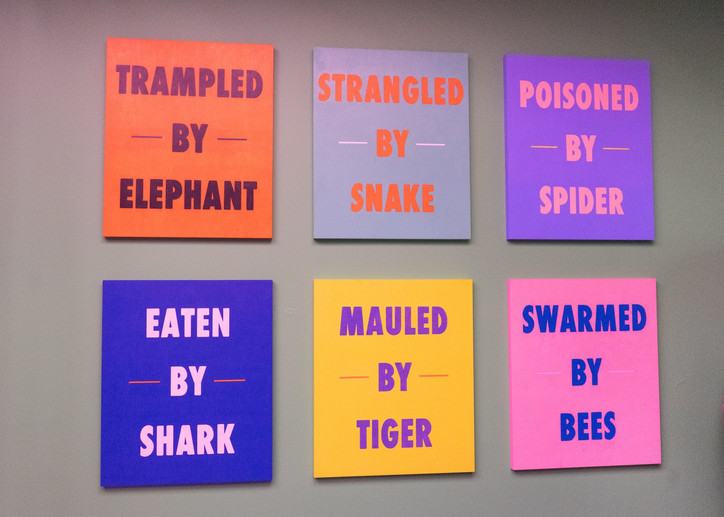
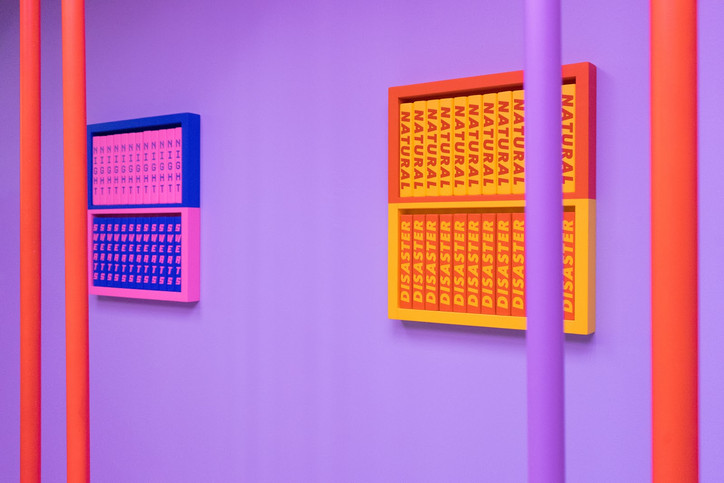
How did you incorporate this year’s SPRING/BREAK theme of “Stranger Comes to Town” into this show?
I like the sensation of being in a weird environment that seems familiar––there are elements of familiarity, things like books or dog bones, but recontextualizing them so they’re not as you’d typically think of them. It’s just different enough to sort of not make sense, which is where the title of the show comes from––like you meant to go to the right place, but something feels weird.
What inspired the animal-centric phrases painted on canvas like, “Eaten by Shark” and “Trampled by Elephant”?
Those came from this newspaper-headline idea I had of tragic events at the hands of animals, that carry a double meaning depending on how they’re read. They could be book titles written by those animals, like “Swarmed” by Bees––as if the bees had written a book. I’m attracted to the ambiguity of the titles and things that are evocative. Having that type repeat over and over lends an absurdity to the piece and makes it feel maniacal.
Did you have any specific spatial references in mind when designing this installation?
I thought of it as a waiting room between reality and absurdity, and bridging the gap between something that appears to make sense initially but falls apart as nonsensical or is just too bizarre to rationalize.
